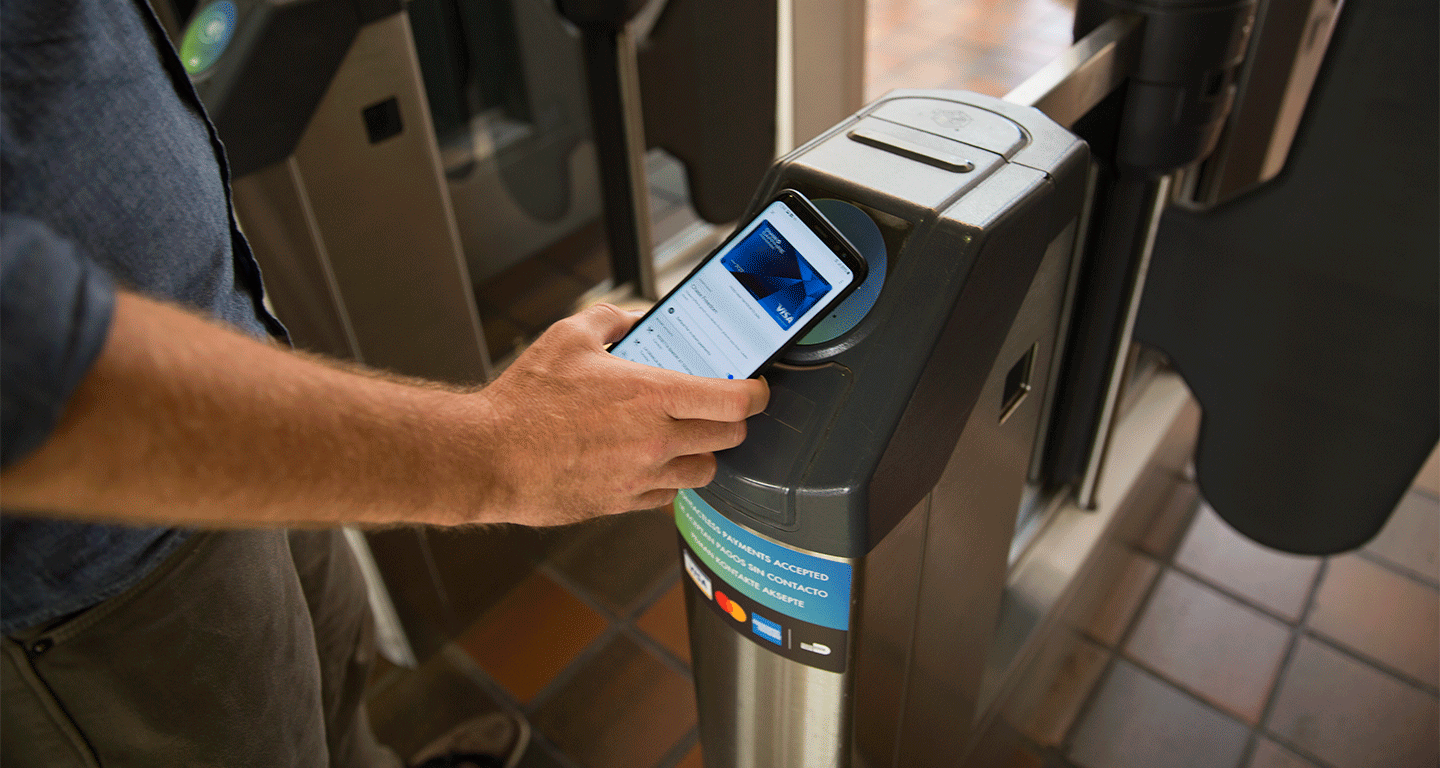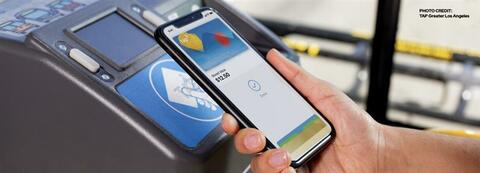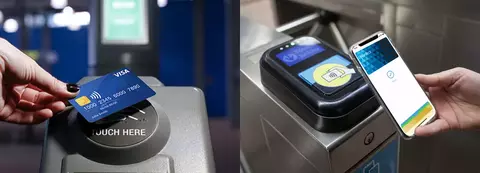The public transportation landscape is changing rapidly.
As the number of public transit services in cities grows, transit agencies look for new ways to improve the quality of public transportation and grow customer satisfaction. In recent years, many agencies focused their efforts on changing scheduling, replacing old fleets and partnering with other providers for a more holistic public transit coverage across a city or a region. Part of this effort focused on simplifying the way we pay for travel.
Traditionally the domain of paper tickets and tokens, today’s travel payment options are much more varied, customer-friendly and convenient. One of the innovations growing in popularity in this area is open payment. Open payment allows pay-as-you-go travelers to use any contactless credit or debit payment card (such as Mastercard, Visa or American Express) to pay for transportation services, seamlessly integrating transportation into the mix of other goods and services that consumers are used to paying for directly with their cards.
Open payment comes with many benefits for the end user.
It offers travelers the same functionality as a transit card while bringing a whole new level of convenience. Travelers can use contactless credit or debit cards to tap and go and take advantage of any fare-capping that would have been otherwise available to transit card users, without having to worry about carrying a designated transit card, checking its balance or remembering to regularly top it up, as fares are charged directly to user’s bank accounts. In addition, open payments enables agencies to offer new innovative fare products such as automatic capping, meaning travelers no longer have to shop around for the best available fare.
For transit agencies, implementing open payments can be complex and time-consuming, requiring them to work closely with banks and card providers, overhaul fare structures and integrate legacy data systems into the new payments mix. However, it’s an investment that’s worth the effort, as open payment offers numerous advantages: cost savings through reduced collection, service and card issuance costs, new revenue streams (since open payment systems can accommodate vast numbers of users, supporting higher capacities for the transit system) and greater fare structure flexibility, leading to improved customer experience and satisfaction. Finally, open payment opens the doors for further innovations on the transportation network, such as the ability to accept near-field-communication (NFC) payments, where travelers pay for travel by tapping their phones with stored virtual credit or debit cards on transit terminals.
Cubic has been at the forefront of the open payment revolution since its very beginning.
We became the first technology company in the world to bring open payments to the public transit system at scale, through our partnership with Transport for London (TfL). The contactless bankcard system, which first launched on London buses in 2012, and extended two years later to cover London’s entire transit network, including Tube, rail, bus and tram services, is one of the largest open payment systems in the world. In 2017, Cubic and Transport for New South Wales launched Australia’s first open payment trial on the popular Manly Ferry Service and a year later, Cubic worked with TransLink to launch the very first open payments system to a public transit system in Canada. Since then, Cubic has worked with numerous transit providers to bring open payments to cities around the world, including Sydney and Brisbane, Miami, New York City, Boston, and San Francisco.



